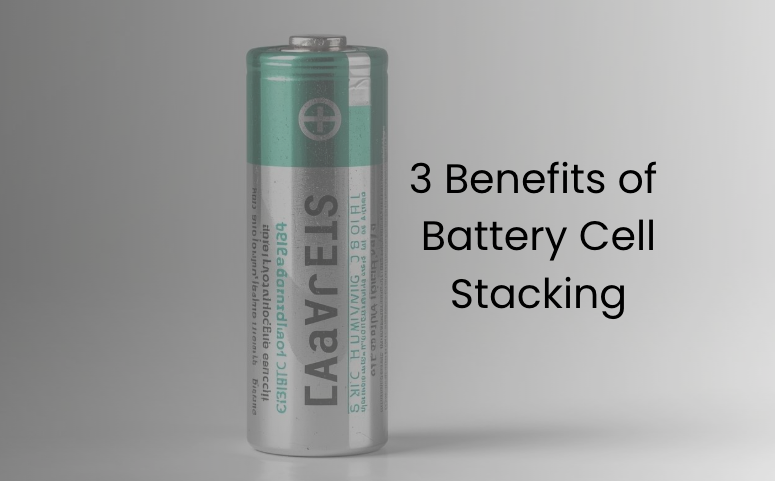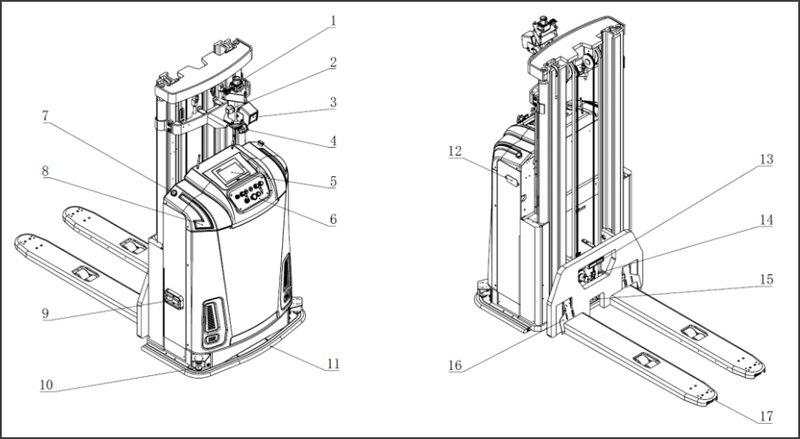Sum Wise Crm The Major Power Of Condensed Customer TidingsSum Wise Crm The Major Power Of Condensed Customer Tidings
In the overwhelm of modern font client data, a new class of Customer Relationship Management tools is emerging, moving beyond mere data storehouse to sophisticated synthesis.”Summarize Wise” CRM represents this shift, direction not on presenting endless data points but on delivering AI-powered, actionable summaries of client interactions, health, and chronicle. This set about straight combats entropy overload, a indispensable make out when a 2024 meditate by the Sales Health Alliance ground that gross revenue representatives waste over 18 hours per week just trenchant for and consolidating client selective information across heterogeneous platforms.
The Core Mechanism: From Data Swamp to Insight Oasis
Traditional CRMs are repositories; Summarize Wise CRMs are interpreters. They leverage sophisticated Natural Language Processing(NLP) and Generative AI to scan emails, call transcripts, coming together notes, and support tickets. Instead of a written record list of activities, the system of rules generates a epigrammatic paragraph or a set of bullet points highlight the client’s flow persuasion, key discussion points, unresolved issues, and upcoming obligations. This transforms a 50-email weave into a three-sentence sum-up of the core trouble and proposed solution, sanctioning any to get up to speed up in seconds.
- Interaction Summaries: Automatically condenses every customer touchpoint into a eatable snipping.
- Account Health Snapshots: Provides an at-a-glance score and sum-up supported on support natural action, production utilization, and view depth psychology.
- Deal Intelligence: Summarizes the entire chronicle of a sales chance, highlight key stakeholder opinions and potentiality roadblocks.
Case Study 1: The Global Support Team Turnaround
A transnational software accompany with a bed support system was troubled with handoff delays. Level 1 agents expended 15 minutes reading through case notes before they could wait on a client escalated from Level 2. By implementing a Summarize Wise CRM, the system of rules automatically generated a”Case Summary” at the aim of . This summary enclosed the root cause, unsuccessful solutions, and the client’s last verbalized sentiment. The leave was a 65 simplification in handoff time and a 22 step-up in first-contact resolution post-escalation.
Case Study 2: The Strategic Account Manager’s Secret Weapon
An Account Manager responsible for for 20 key enterprise clients used to dedicate the first day of every week solely to”catching up” on her accounts. She manually trawled through CRM updates, email chains, and figure direction tools. After her keep company adoptive a summarizing CRM, she standard a each week”Account Pulse” for each client. This one-page account summarized all natural process, flagged risks based on view, and reminded her of unfinished renewals or imag milestones. This liberated up over 30 hours per calendar month, which she redirected into active scheme Sessions with her clients, leadership to a 15 increase in -selling.
The Future is Condensed
The evolution of gohighlevel is steering away from complexity and towards lucidness. The Summarize Wise doctrine is not about having more data; it’s about sympathy it faster and more profoundly. By performing as an well-informed co-pilot that distills noise into soundness, these systems endue teams to establish deeper, more sensitive, and at last more profitable customer relationships. In an age of constant distraction, the ultimate competitive vantage is convergent sixth sense, and that is exactly what this new wave of CRM delivers.






